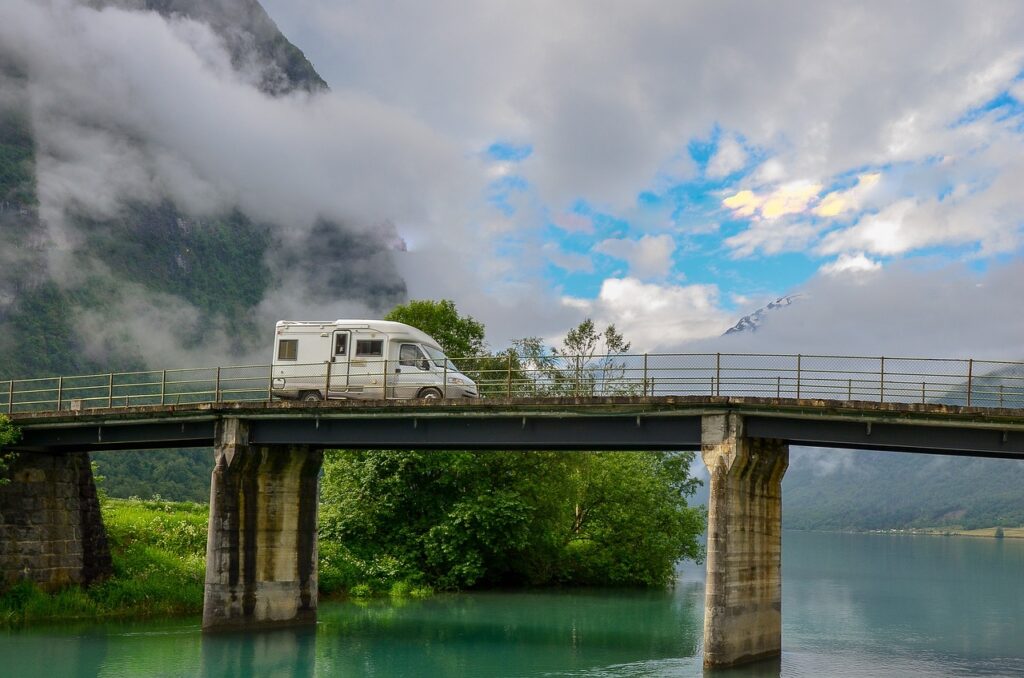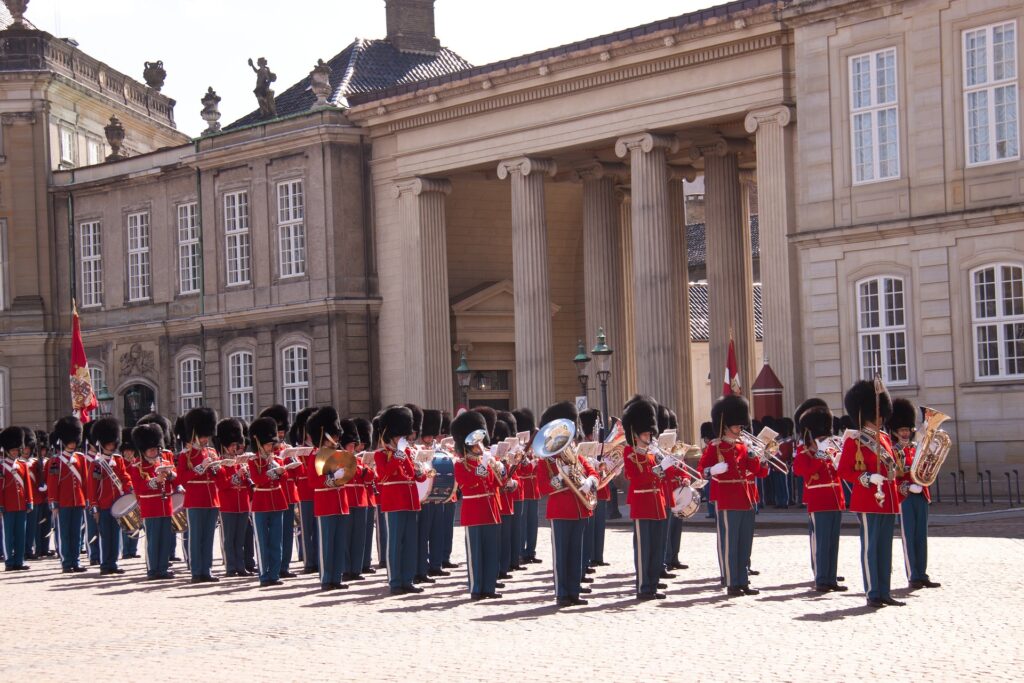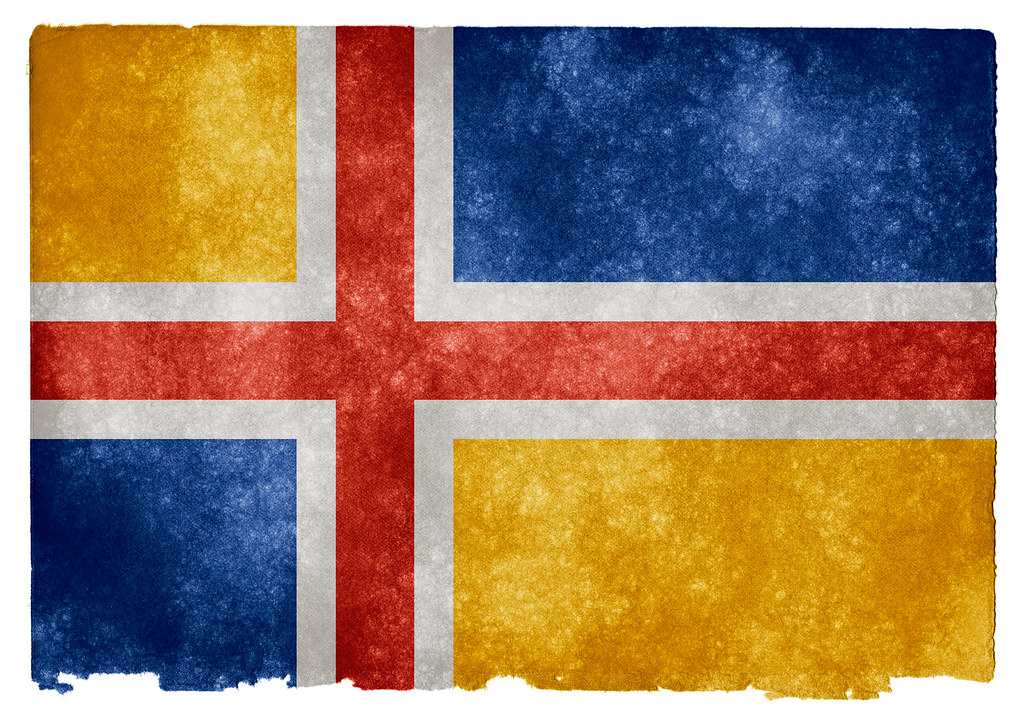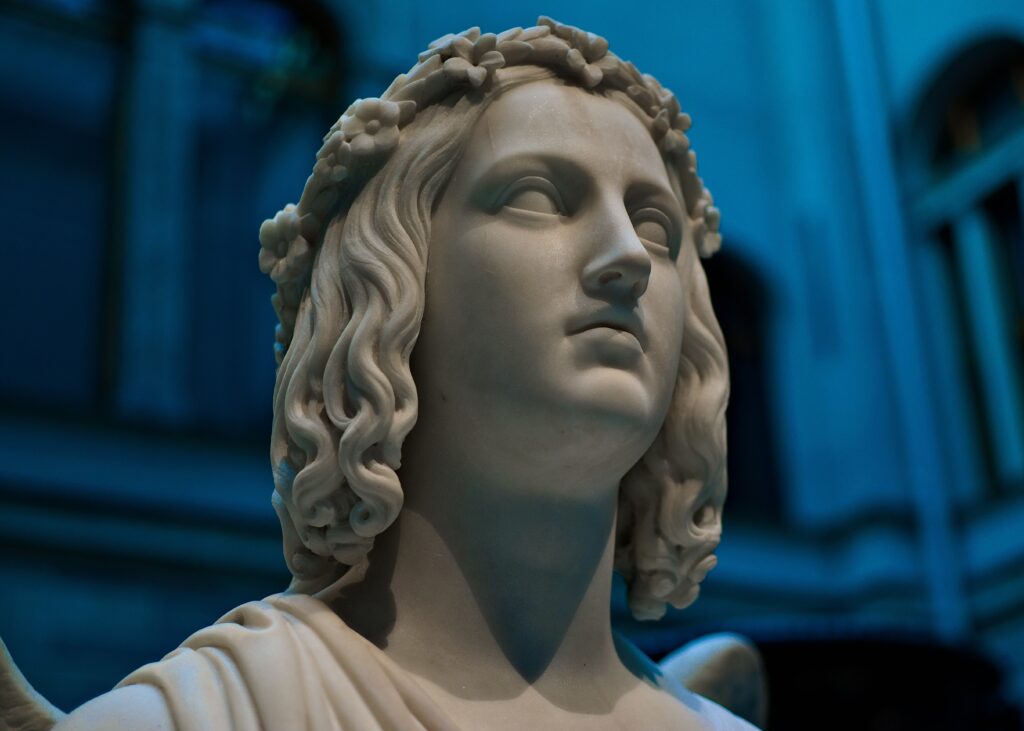Free Cabins in Sweden for Costless Overnight Stays!
Free accommodation in Sweden for travellers and hikers About 200 free cabins in Sweden are available to anyone that wants to experience the beauty of Swedish nature. The range of cabins that provide free accommodation in Sweden varies from old soldiers’ barracks and sailors’ huts to newly built log cabins. The cottages are taken care of by local communities, municipalities, and county boards that want to encourage outdoor life. Also, some village home associations may want to show off their village and therefore offer such free cabins to visitors. Some cabins demand several hours’ walk, while others have a bus stop almost outside the door. Some of the cabins are very popular and well-visited, so it is a good idea to bring extra sleeping mats in case they are needed. At the same time, other cabins are completely deserted. On your way there, you may walk for several hours without encountering a single person. How to find free cabins in Sweden There are not many ways to find out where the cabins are. We are going to look into three of them: Find free cabins in Sweden by contacting local authorities You can call county administrations, municipalities, and tourist associations of the area you are planning to visit. Hopefully, they will be able to tell you if any free cabins are available nearby and provide instructions on how to get there. Read Stuglandet Stuglandet is a book by journalist Kjell Vowles and photographer Moa Karlberg. It is a great guide that provides beautiful photographs and information on more than 200 overnight cabins and huts in Sweden, where you can spend the night for free. More importantly, the book is a magnificent guide that provides information on how to easily and safely get to these cabins. The book includes only cabins with some form of bunks or sleeping places, so you can be sure that you can spend the night there. Shelters that can offer only a few hours’ rest and do not contain beds have been left out. Stuglandet is the quintessential guide to free accommodation in Sweden for overnight stays. The only downside is that the book is currently available only in Swedish! Use the vindskyddskartan application If you visit the vindskyddskartan website, or download the vindskyddskartan application, you gain access to maps for over 3000 shelters, scattered around Sweden. Unlike Stuglandet, vindskyddskartan does not include only cabins but any kind of hiking shelter available. However, it does provide some information for most of the entries included, so you can know beforehand if you can spend the night there. Using the app is not free but you can try it for free for a short period. You can cancel the trial period at any time without paying anything. Can I book the free cabins in Sweden? The free cabins cannot be booked in advance. They are only available on a first-come, first-served basis. Nonetheless, you should offer any remaining sleeping places to other hikers who come by. Be a thoughtful and respectful guest It’s a nice gesture to collect firewood before you leave so that the next overnight stayers will not have to worry about it on arrival. Make sure you clean up after yourself properly and leave the place tidy. Take all the rubbish with you and let the comment in the guestbook be the only sign that you’ve been there! What to bring Well, food of course! But apart from the obvious, here are some advice on what else to bring. Can I stay in the free cabins for more than one night? The rule of thumb is that you shouldn’t. However, if no visitors turn up, you may stay there longer but do not overdo it. If you can communicate with the manager of the cabin, you may ask if it’s ok. Conclusion There is a relative plethora of log cabins and huts that provide free accommodation in Sweden. Staying there for the night, surrounded by beautiful Swedish nature, is certainly an exciting experience. Some of the cabins are quite popular, so you may meet and socialize with fellow visitors and hikers. The free cabins in Sweden give everyone a chance to get out into nature without a big budget. The few things required are some warm clothes, a bus ticket, a sleeping bag, and a lunch box. If you have those, you are ready for a cozy adventure in a wooden cabin, far from everyday life and routine.
Free Cabins in Sweden for Costless Overnight Stays! Read More »









